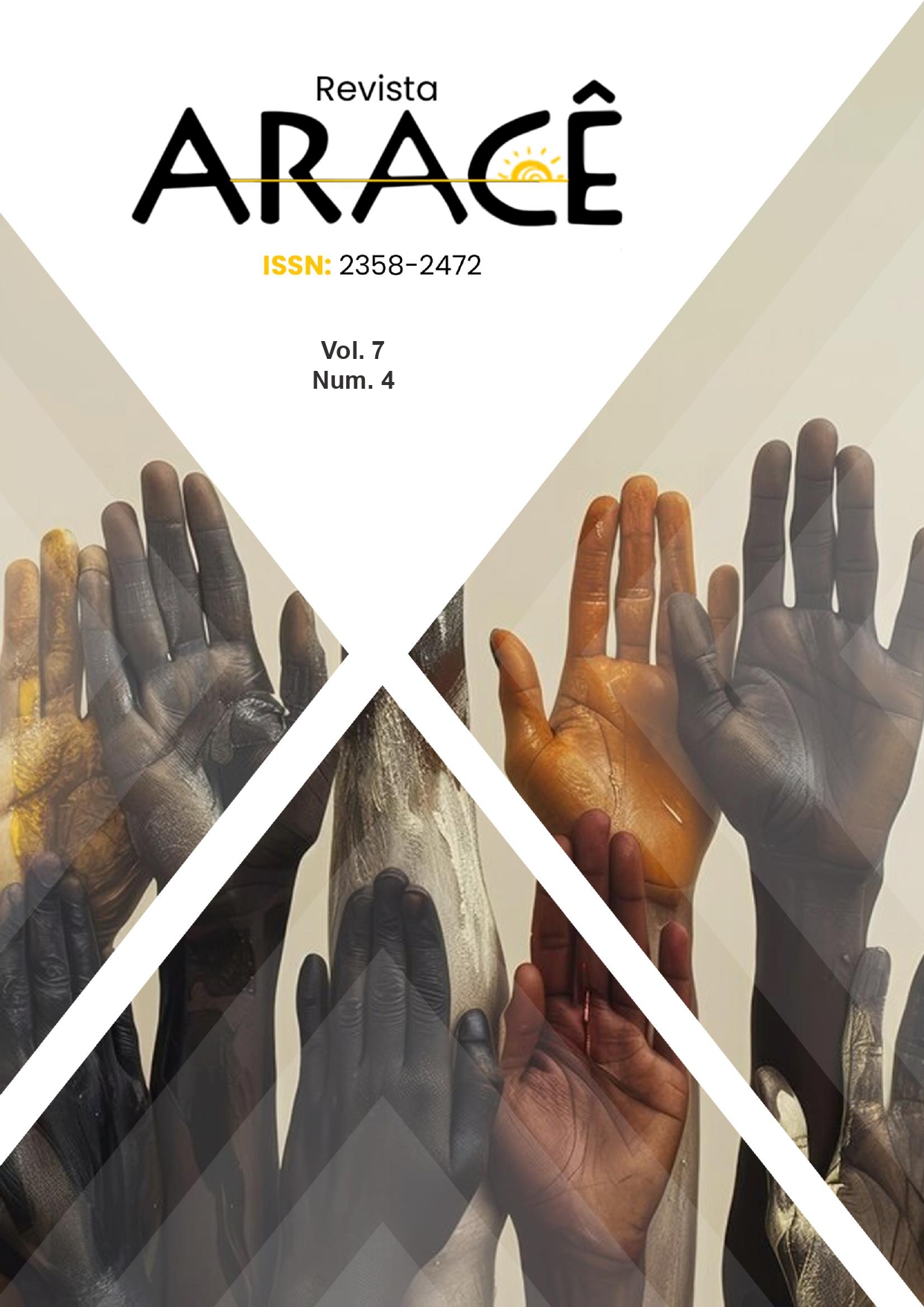USO SUSTENTÁVEL DO BAMBU NATIVO DO ACRE, AMAZÔNIA, BRASIL: POTENCIAL PARA A PRODUÇÃO DE BIOPLÁSTICOS, BIOCHAR E CARVÃO VEGETAL
DOI:
https://doi.org/10.56238/arev7n4-266Palabras clave:
Bambu nativo, Guadua weberbaueri, Bioeconomia, Sustentabilidade, AmazôniaResumen
O Brasil enfrenta um desafio crítico: o crescimento da produção rural aliado à redução dos impactos ambientais. A bioeconomia surge como uma alternativa promissora para esse dilema, especialmente no estado do Acre, onde as florestas de bambu, que cobrem 62% do território, oferecem oportunidades econômicas e ambientais significativas. Este estudo investiga a exploração sustentável do bambu nativo, com foco nas espécies do gênero Guadua, por meio de um inventário florestal abrangente realizado em sete municípios do Acre. A metodologia incluiu análises taxonômicas, amostragem e tratamento estatístico dos dados, revelando uma predominância da espécie Guadua weberbaueri, que, apesar de suas limitações para a indústria moveleira, apresenta potencial para a produção de bioplásticos, biochar e carvão. Os resultados indicam uma estimativa de 21,8 bilhões de colmos e 800,1 milhões de m³ de bambu no Acre, destacando a relevância desse recurso renovável na mitigação das mudanças climáticas, na promoção da biodiversidade e na substituição de plásticos convencionais. A pesquisa conclui que, para garantir uma exploração sustentável do bambu, é fundamental implementar políticas públicas, fortalecer as cadeias produtivas e envolver as comunidades locais. Assim, o bambu pode se tornar um símbolo de um futuro econômico sustentável e integrado à conservação ambiental na Amazônia.






